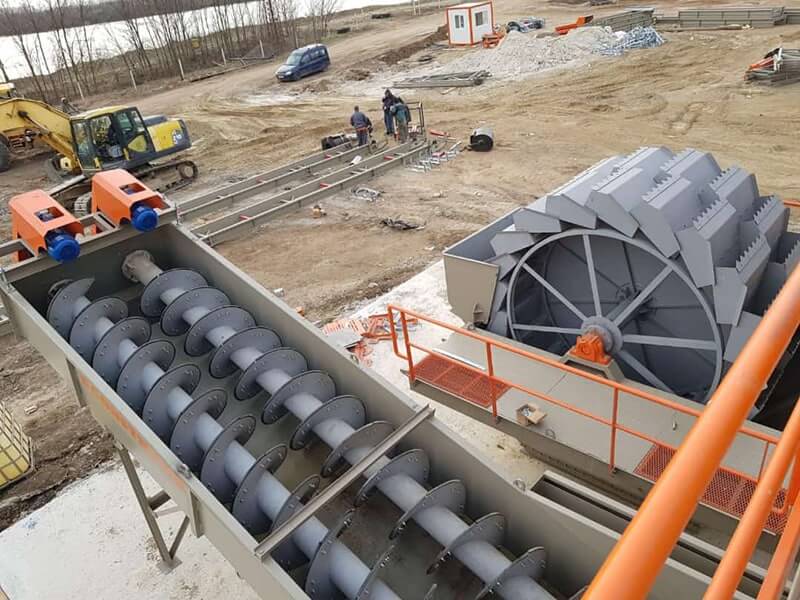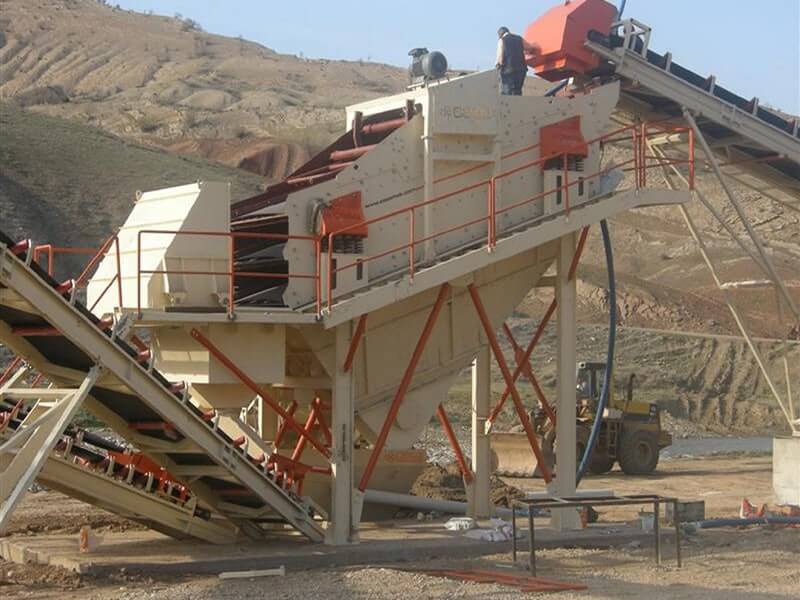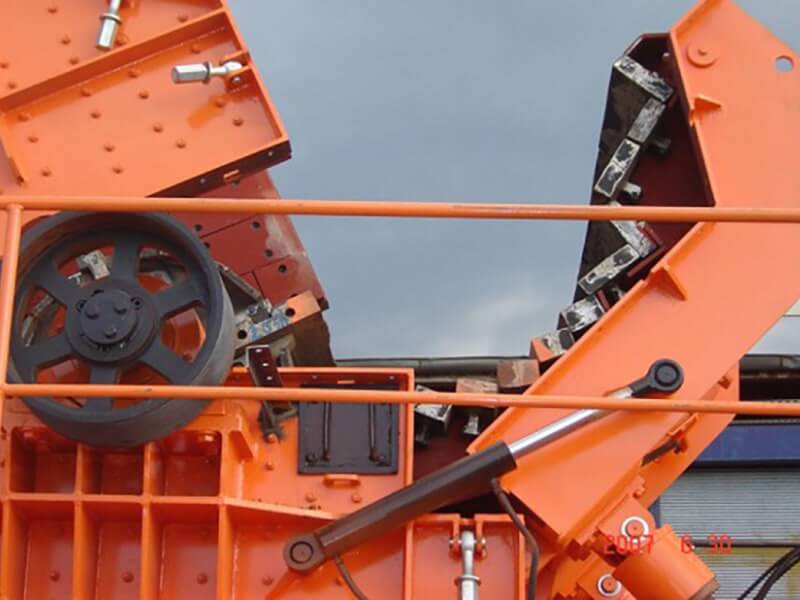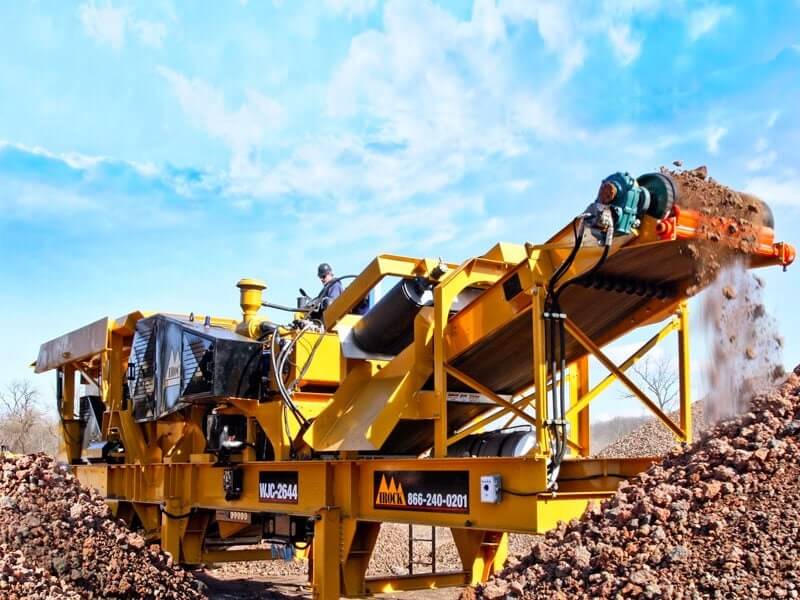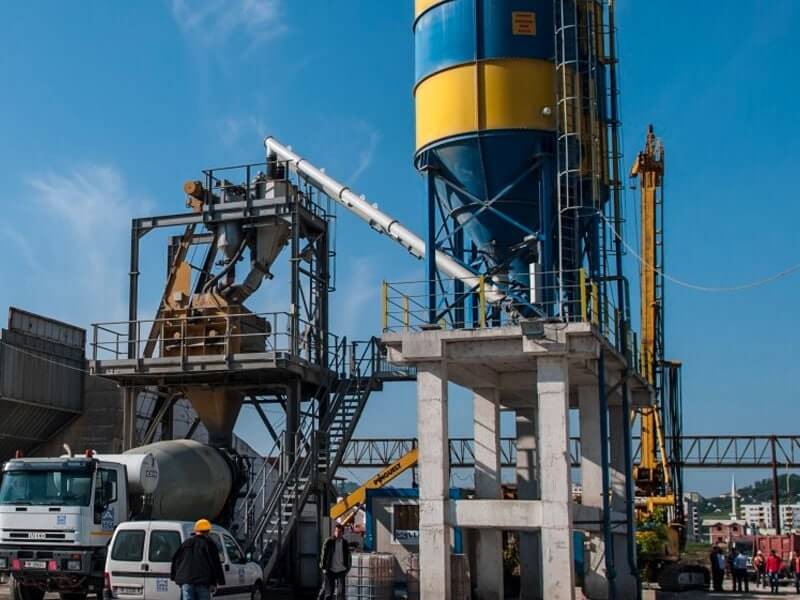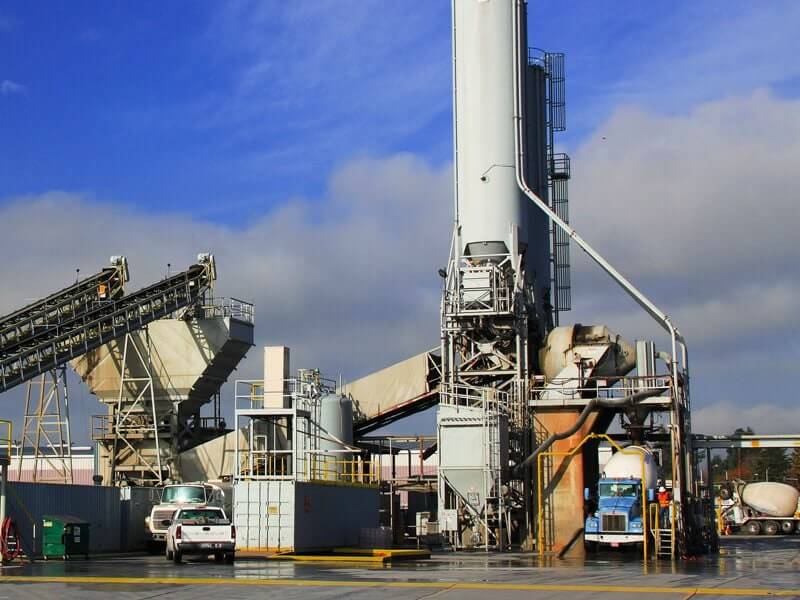Dewatering
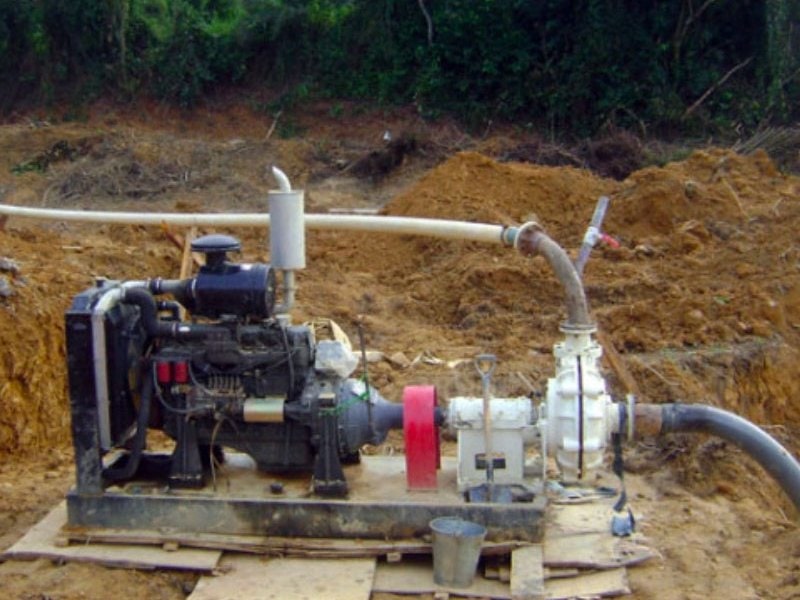
Dewatering refers to the removal of unwanted water. It may be the removal of ground water, process water, water entrained or carried along by oil or gas, or water used to transport solids. The equipment choice is based on factors such as a permanent versus a temporary operation, a batch versus a continuous process, and the percentage of water that must be removed. Water used to carry a solid is called slurry. Coal slurry pipelines, for example, pipe ground-up coal particles carried in a water stream. Gold panning was another operation that took advantage of the transport possibilities of water. The materials transported by the water are referred to as the solids. Once the solids are concentrated, they are referred to as sludge. In the drilling and mining industries, dewatering refers to the removal of ground water from mines and drill holes. Roadway construction and any excavation activities also may require temporarily altering the water table or rerouting ground water flows. The water may be pumped out, or drainage ditches and collection ponds may be built. Cofferdams, which are temporary dams made with sheets of metal, are used to temporarily hold back the water. Crude oil and natural gas are dewatered to remove entrained water by passing the flow through physical separators.
How to do Dewatering
Weir tanks are used to settle solids. They consist of long tanks with separators that the water has to either flow under or over. Simple but limited in application, a gravity bag filter is a long tube in which the water is pumped in and allowed to seep out. Mesh filters on the entrance to any downstream dewatering process removes solids of a given size distribution. Sand, carbon, or other materials filters may produce water of drinking quality, but these are usually considered water treatment steps. Wellpoints consist of a series of pipes placed below the level of excavation. The pressure created by the water table helps drain water. Pumps pull the initial vacuum to start the siphoning of water and supplement the water flow if the pressure is insufficient.

